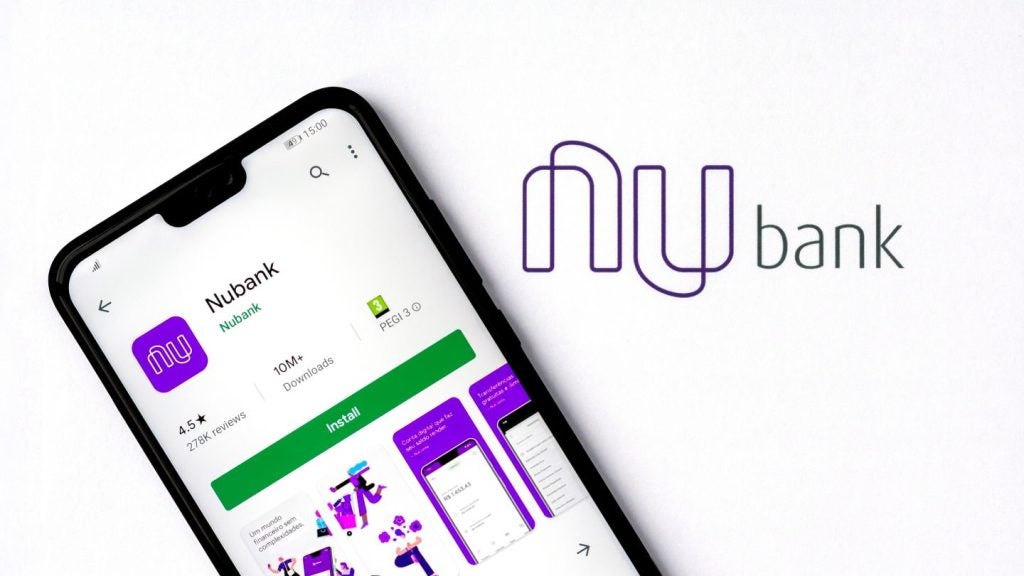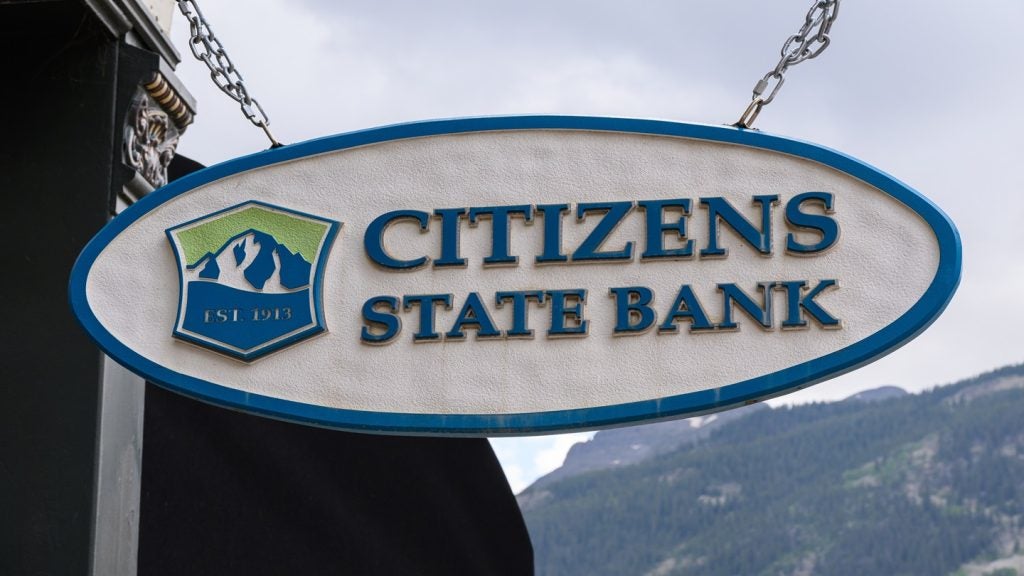Ten years after the financial crisis and its reputational after effects still linger over the banking industry. But did it actually do any damage to the banks? Or did they get away with one of the biggest scandals of modern times? Patrick Brusnahan writes
Branded as the worst financial crisis since the Great Depression, the global financial crisis saw a few banks finally get some comeuppance.
While the exact starting date of the crisis is up for debate, the fall of Lehman Brothers in September 2008 was the peak. Even before that, queues were forming outside Northern Rock branches in the UK in 2007 as customers were panicking over their money. Multiple financial institutions, including Merrill Lynch, AIG, Royal Bank of Scotland, HBOS, and Alliance & Leicester, were also expected to topple like dominoes.
This was an opportunity to regulate the banks and make sure that a catastrophic event such as this never happened again.
Hope grew with Barack Obama on the campaign trail stating that there would be a watchful eye over the banks.
In a 2008 speech at Cooper Union in New York City, he said: “Under Republican and Democratic administrations, we’ve failed to guard against practices that all too often rewarded financial manipulation instead of productivity and sound business practice.

US Tariffs are shifting - will you react or anticipate?
Don’t let policy changes catch you off guard. Stay proactive with real-time data and expert analysis.
By GlobalData“We let the special interests put their thumbs on the economic scales. The result has been a distorted market that creates bubbles instead of steady, sustainable growth; a market that favours Wall Street over Main Street, but ends up hurting both.”
So why hasn’t this come through?
Victory from the jaws of defeat
So what happened to all these financial institutions in trouble?
The profitable parts of Lehman Brothers were picked up by Barclays and Japan-based Nomura, which only paid a paltry $2 for parts of Lehman’s European division.
A myriad of bailouts flooded the UK market. A £500bn ($850bn) bank rescue package was devised in 2008 with £45bn of it injected directly into RBS, with Lloyds TSB and HBOS receiving £20.3bn.
Northern Rock went into public ownership in 2008 before Virgin Money saw some potential in it in 2012 and paid £747m upfront.
AIG also had to receive a bailout from the America federal government to the sum of $180bn.
Merrill Lynch was acquired by the Bank of America (BofA) in 2008 for $38.3bn in stock. In addition, Merrill Lynch received billions of dollars from its insurance arrangements with AIG. This included $6.8bn from funds provided by the taxpayer to bail out AIG.
With so many institutions in trouble of their own making, it seems remarkable that governments were so keen to literally bail them out.
Other institutions still exist, if in spirit and not name, despite severe troubles.
Santander, present in the UK since 2004 and the acquisition of Abbey National, swept in and saved Bradford & Bingley and Alliance & Leicester.
It was clear that banks had made several mistakes leading up to the crisis, but with this second chance, some more responsibility was assured.
On the other hand, there was still a little bit of immaturity to be weeded out of the sector. John Thain, the last CEO of Merrill Lynch before its merger with BofA, was unceremoniously sacked from the newly joined company after an unexpectedly large fourth-quarter loss of $15bn.
Even more unexpected was the fact that a lot of this money was spent on large bonuses just before the merger. Another twist in the tale emerged as it was revealed Thain spent more than $1m on a renovation of his office, a $1,405 waste can being one of the renovations.
Surely, with all of the blatant irresponsibility and lack of accountability, it was time for some tough changes in the market?
It wasn’t
Many wondered how the US government would handle the crisis and the crash. John McCain, in one of the most mistimed quotes of recent history, said that the “fundamentals of our economy are strong” on the day Lehman Brothers collapsed.
Newly inaugurated President Barack Obama’s policy seemed to be ‘more of the same’.
He even brought in Tim Geithner, who had helped run the Bush administration’s bailouts, to organise bailouts from the Treasury Department. Just to keep a sense of consistency, I suppose.
Overall, Wall Street seemed to come through unscathed with bailouts providing close to an absolute guarantee against bankruptcy.
Elizabeth Warren, who worked as a bailout oversight official at the time, stated: “The president chose his team and when there was only so much time and so much money to go around, the president’s team chose Wall Street.”
One of Obama’s legislative measures to re-regulation the financial sector was the Dodd-Frank Act. At time of writing, it is approximately 22,000 pages long and full of various rules, loopholes, and exceptions. Some say it is still being written today as only about 72% of the rules, as of February, have been finalised.
Before even fully coming into effect, the new Trump administration is set to roll back Dodd-Frank with the Financial CHOICE Act.
Are banks better or worse off?
It may have been the right decision to let banks and financial institutions sort themselves out. Who knows banks better than banks?
Citigroup’s market cap in 2007 was the biggest of any bank in the world and valued at just over $250bn. Today, it lies at little more than $186bn.
BofA is currently seeing a brighter future with a market cap of nearly $250bn, its highest in ten years.
RBI has compiled the number of jobs in the world’s biggest banks and banking groups (see table). While there has been consolidation worldwide, the number of jobs has gone up, a sign of prosperous times.
The financial sector has stabilised. However, one can’t help but think that with some guidance and surveillance, it could have flourished.
| FTE H1 2007 | H1 2017 | ||
| ANZ | 33,161 | 46,046 | |
| Bank of America | 195,675 | 208,000 | |
| Bank of China | 230,649 | 308,900 | |
| Barclays | 127,700 | 119,300 | |
| BBVA | 101,401 | 134,792 | |
| Bradesco | 80,287 | 105,172 | |
| China Construction Bank | 295,299 | 362,482 | |
| Citi | 361,000 | 219,000 | |
| Danske Bank | 23,535 | 19,303 | |
| Deutsche Bank | 78,291 | 99,744 | |
| Deutsche Postbank | 21,470 | N/A | |
| DnB NOR | 13,021 | 8,244 | |
| Erste Group | 51,788 | 49,381 | |
| HSBC | 312,577 | 241,000 | |
| Intesa Sanpaolo | 97,728 | 89,126 | |
| JPMorgan Chase | 179,664 | 249,247 | |
| la Caixa | 27,796 | 37,638 | |
| Lloyds TSB | 59,446 | 76,000 | |
| Nordea | 30,863 | 31,600 | |
| Rabobank | 54,044 | 40,029 | |
| RBC Royal Bank | 63,329 | 80,000 | |
| Royal Bank of Scotland | 226,400 | 77,800 | |
| RZB/Raiffeisen International | 58,030 | 50,094 | |
| Santander | 130,417 | 188,492 | |
| Société Générale | 122,823 | 148,300 | |
| UniCredit | 136,000 | 95,288 | |
| Wachovia | 110,493 | Went to Wells Fargo | |
| Washington Mutual | 49,989 | 49,403 AT acquisition | |
| Wells Fargo | 158,700 | 270,600 | |
| Standard Chartered | 63,762 | 87,101 | |
| Source: RBI |








